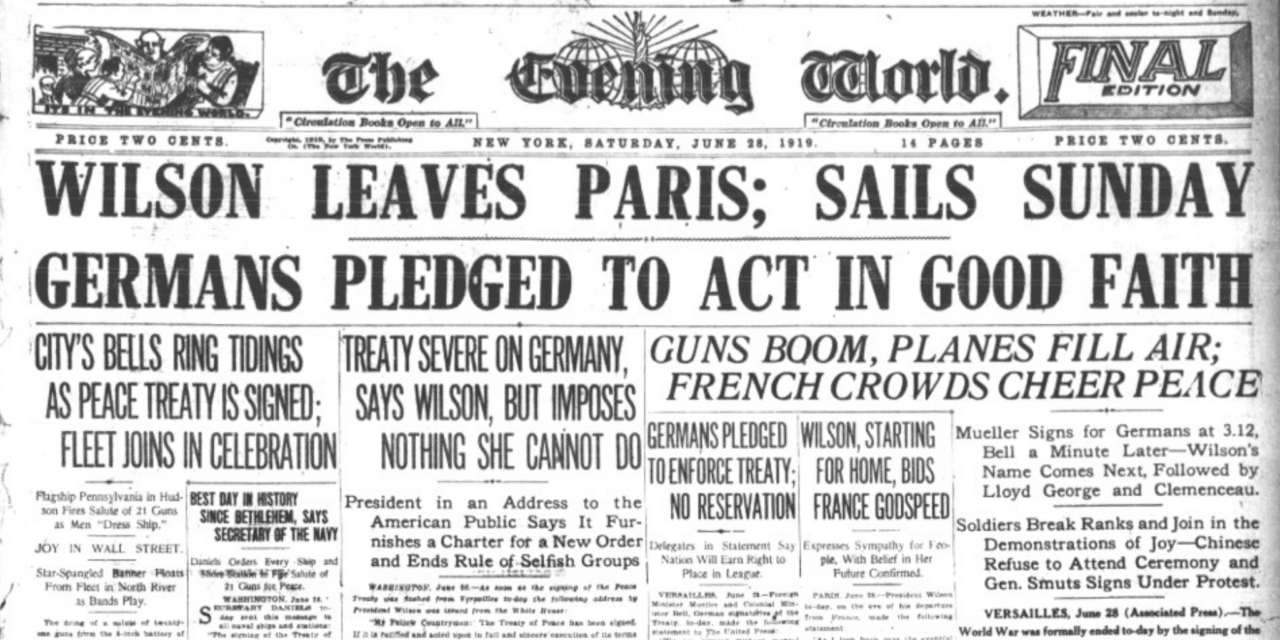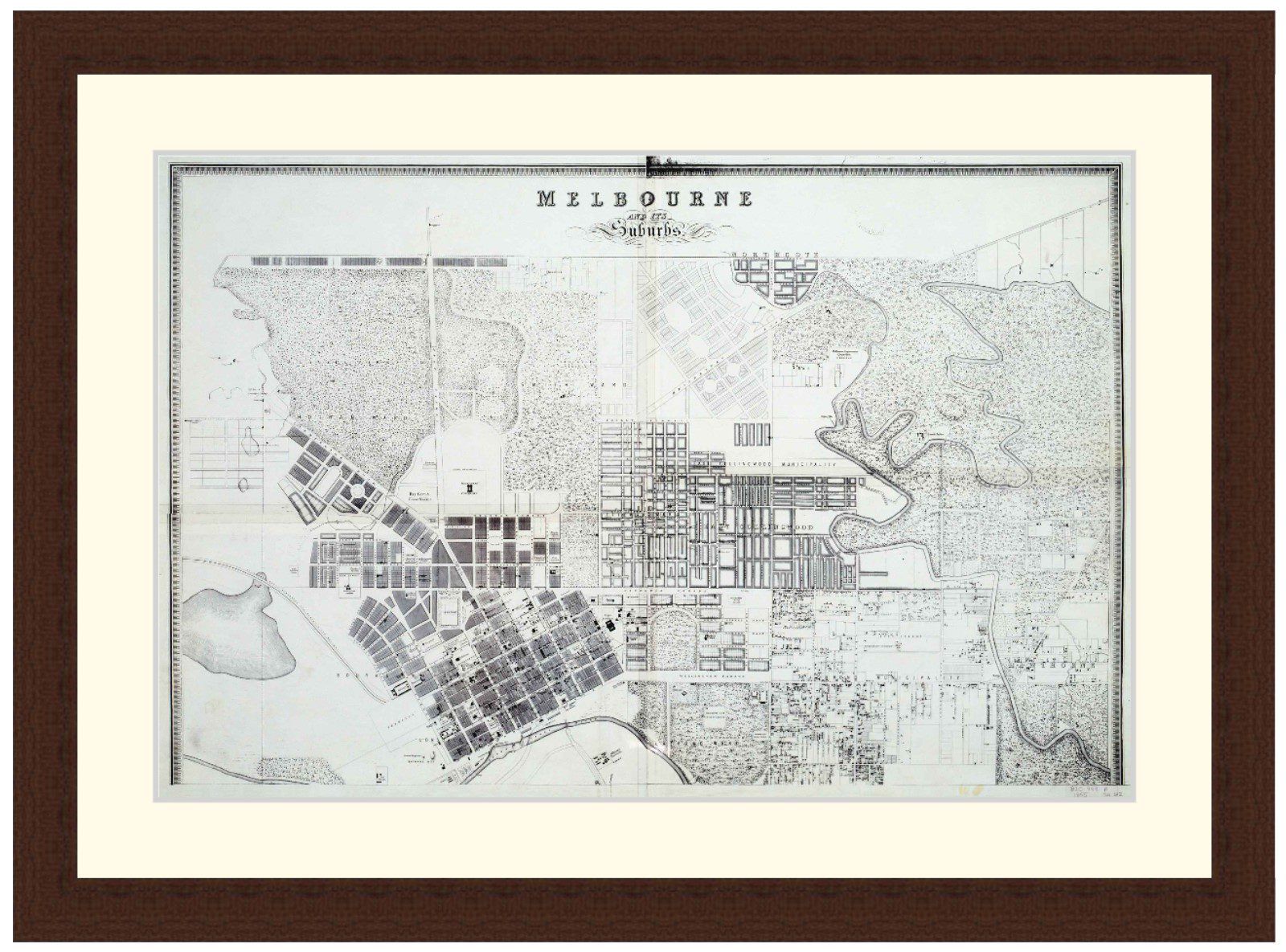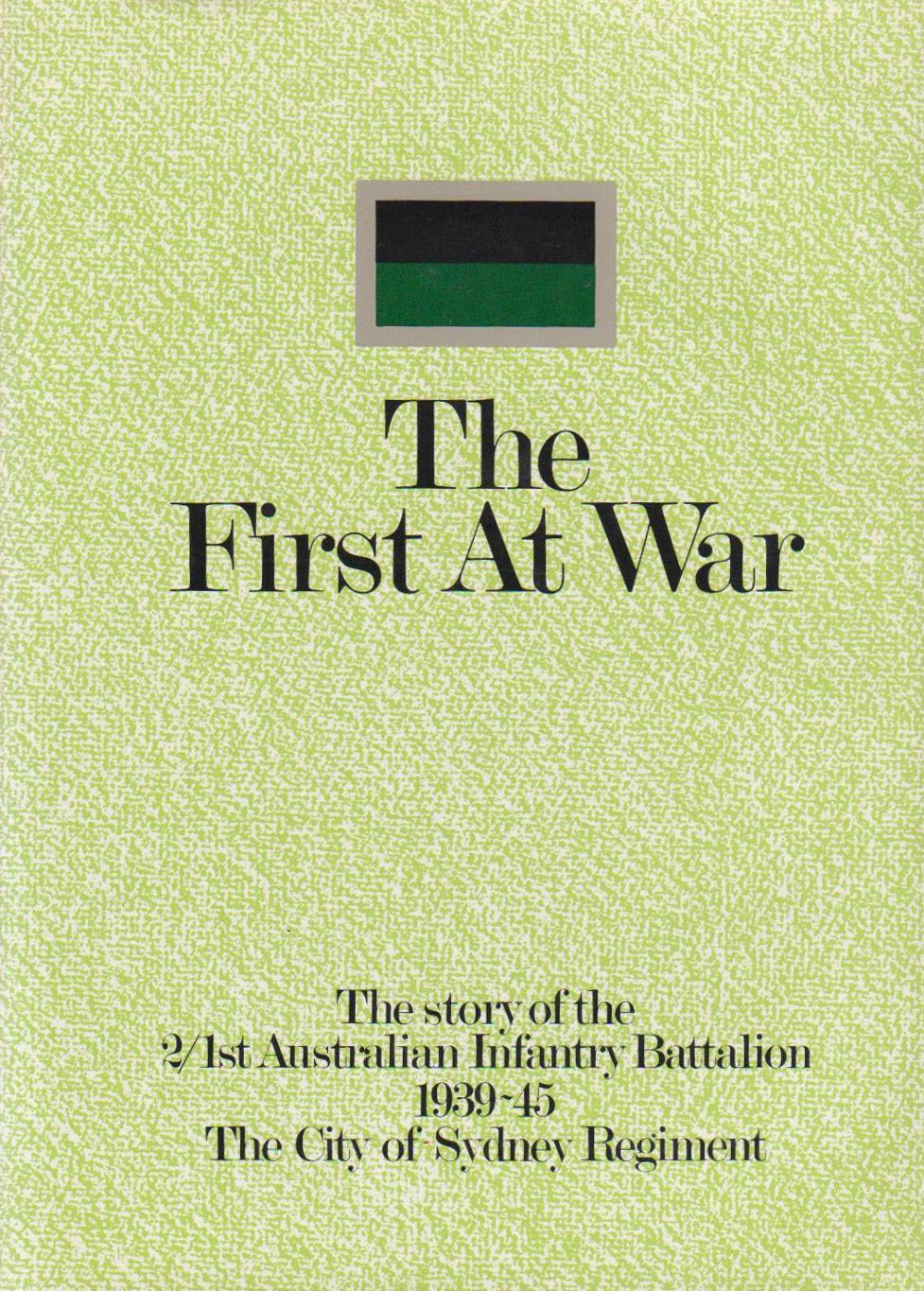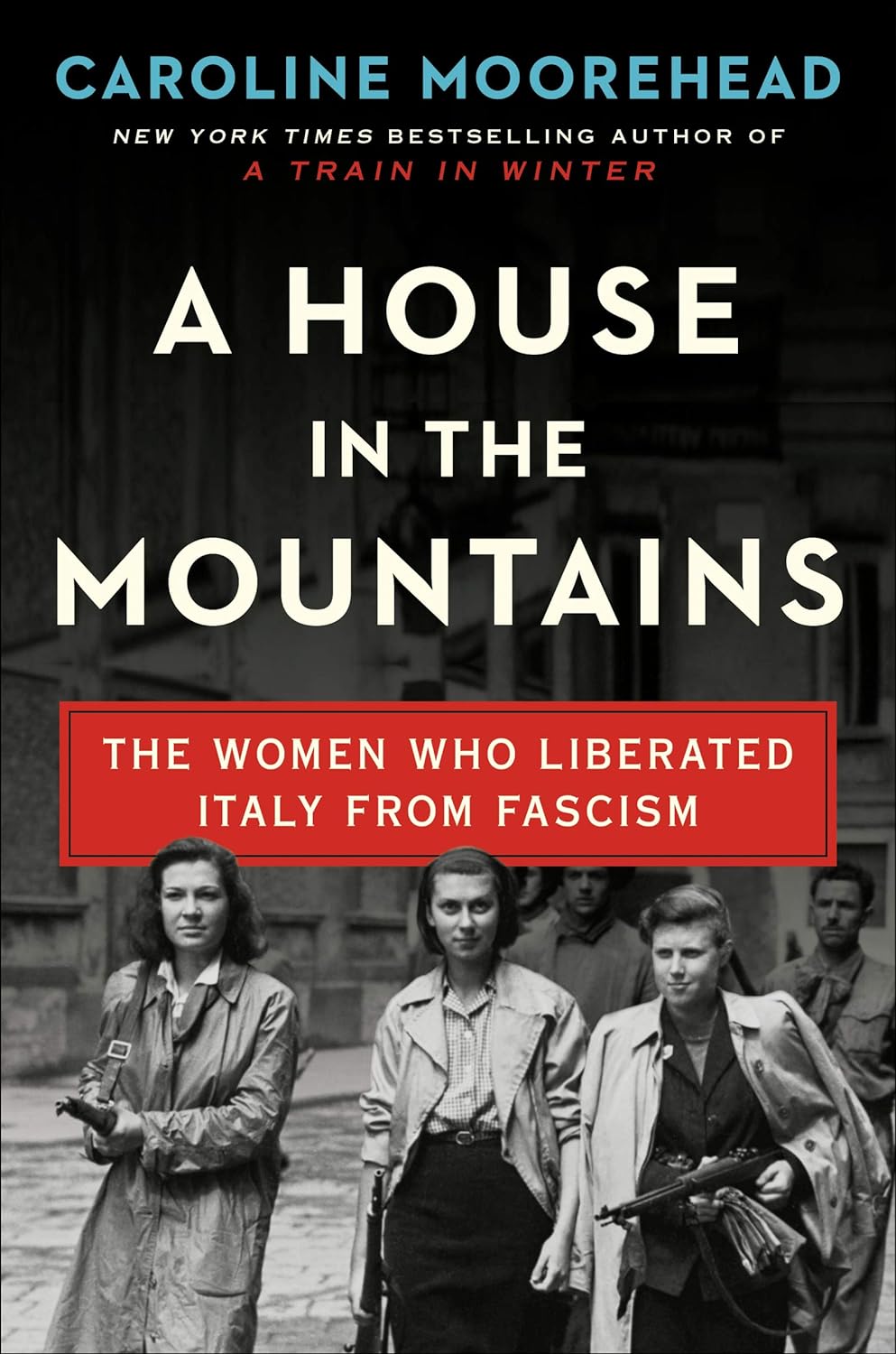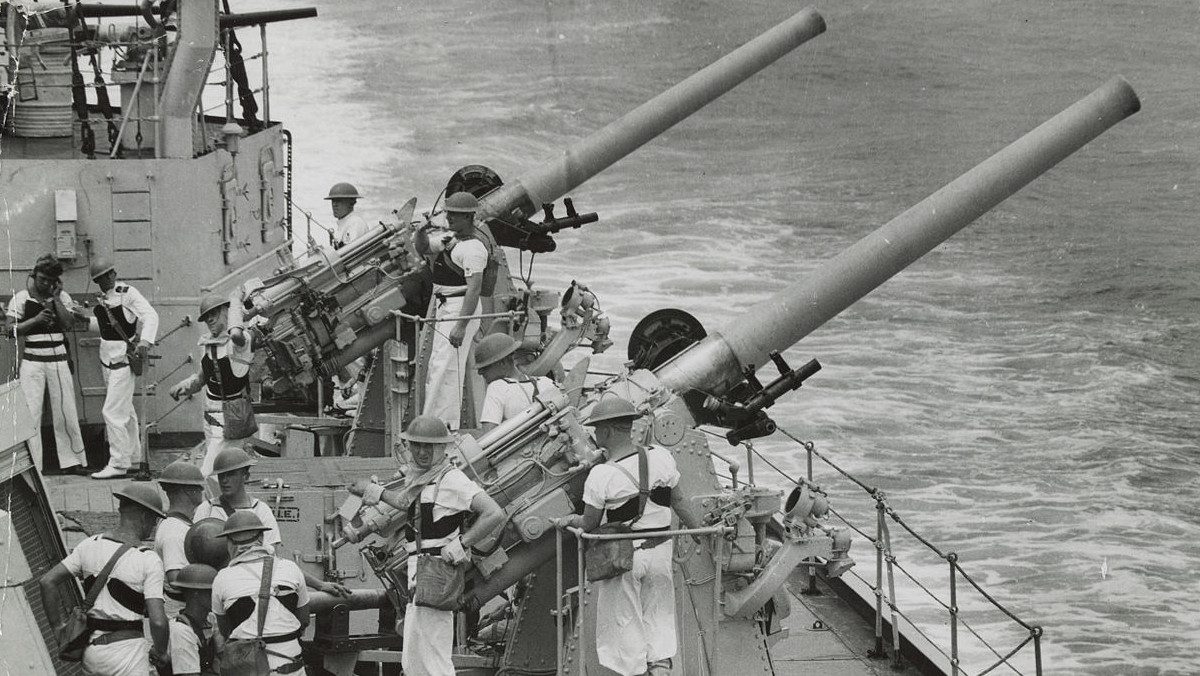Reading time: 7 minutes
Marking the end of World War One, the Treaty of Versailles was signed by Germany on June the 28th 1919. Often cited as one of the leading reasons for Germany’s descent into fascism and the start of World War Two, the Treaty of Versailles along with the other treaties signed at the Paris Peace Conference vastly reshaped the borders and the economies of the European continent.
But how severe was the Treaty of Versailles compared to other European post-war treaties?
By Mark McKenzie.
Often considered the first modern war, World War One had technically begun due to the assassination of Austria’s Archduke Ferdinand, however from a broader perspective, it was the result of several decades of continental military buildup, a series of complicated alliances, and increasing national pride amongst European populations during the Century of peace.
With many of the nations involved completely drained of food, money, and manpower by the end of the war, most notably Germany of food and money and France of manpower, the allies – the “winning side”, wanted comprehensive compensation, with France leading the charge for the most aggressive terms.
Treaties of the Paris Peace Conference
After much deliberation between the Allies on how severe the post-war treaties should be, the Treaty of Versailles was signed by Germany at the Paris Peace Conference, detailing harsh punishments for Germany.
Though there were many clauses, the major concessions Germany faced included:
Territorial Losses
Germany was forced to cede territory to Belgium, France, Denmark, and Poland, drastically reducing its land area and population taking away about 10% of its prewar territory. This territory was often extremely profitable or strategically important, such as the industrial Alsace-Lorraine region, or the port of Danzig.
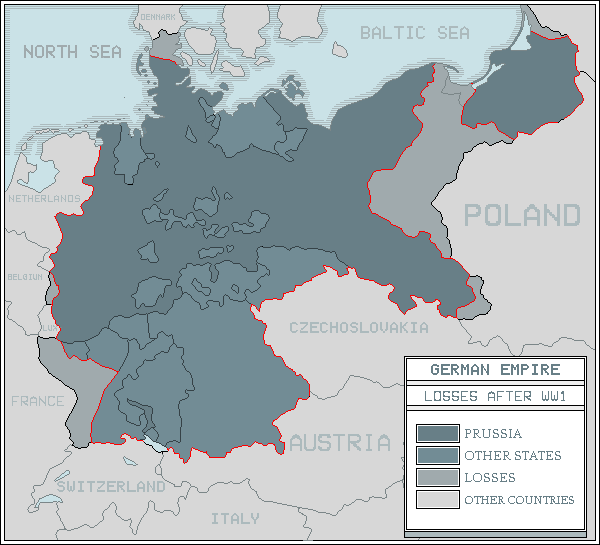
It should be noted that some of this territory, such as the contentious Alsace-Lorraine region on the French border had actually been annexed from France to Germany only 40 years prior in 1871.
Reparations
Germany was obligated to pay significant war reparations to the Allied powers for the damage they had inflicted, amounting to 132 billion Marks, or roughly $442 billion in current money – this is often considered a leading cause of Germany’s hyperinflation in the 1920s. This debt was only paid off in 2010, even following a halving of the debt following WW2.
Military Restrictions
Fearing another arms buildup, the treaty also severely limited the size and capabilities of the German military, demilitarizing the Rhineland, and banning a German air force along with any submarines, or heavy weaponry.
It also limited the military to just 100,000 men, and the navy to only 15,000. For context, during WW1 Germany’s army is estimated to have enlisted over 13 million men.
War Guilt Clause
Arguably one of the most important clauses, and one that underpinned Germany’s resentment of the treaty, is Article 231 of the treaty. Often referred to as the “War Guilt Clause,” this assigned sole responsibility for the war to Germany and the Central Powers, allowing for the trials of many German officials as war criminals.
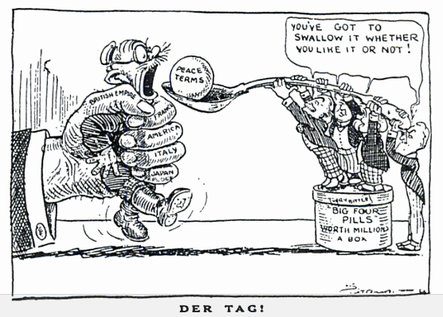
The other four major treaties signed between 1919 and 1920 were:
- Forced upon Hungary, the Treaty of Trianon resulted in the dissolution of the Austro-Hungarian Empire and led to significant territorial losses for Hungary. Hungary lost about 72% of its pre-war territory, including areas with significant Hungarian populations such as Transylvania, Slovakia, and Croatia.
- Signed between the Allies and the Ottoman Empire, the Treaty of Sèvres led to the disintegration of Ottoman territory and the emergence of modern-day Turkey. The treaty imposed severe territorial losses on the Ottoman Empire, including the surrender of territories in Asia Minor, Mesopotamia, and the Arabian Peninsula, as well as heavy reparations.
- Imposed on Austria, the Treaty of Saint-Germain-en-Laye broke up the Austro-Hungarian Empire and imposed significant territorial and economic burdens on Austria. Austria lost substantial territories to neighboring countries, and faced restrictions on its military capabilities, along with war reparations.
- Forced upon Bulgaria, the Treaty of Neuilly-sur-Seine resulted in territorial losses, reparations, and military restrictions that severely impacted Bulgaria’s economy and territorial integrity.
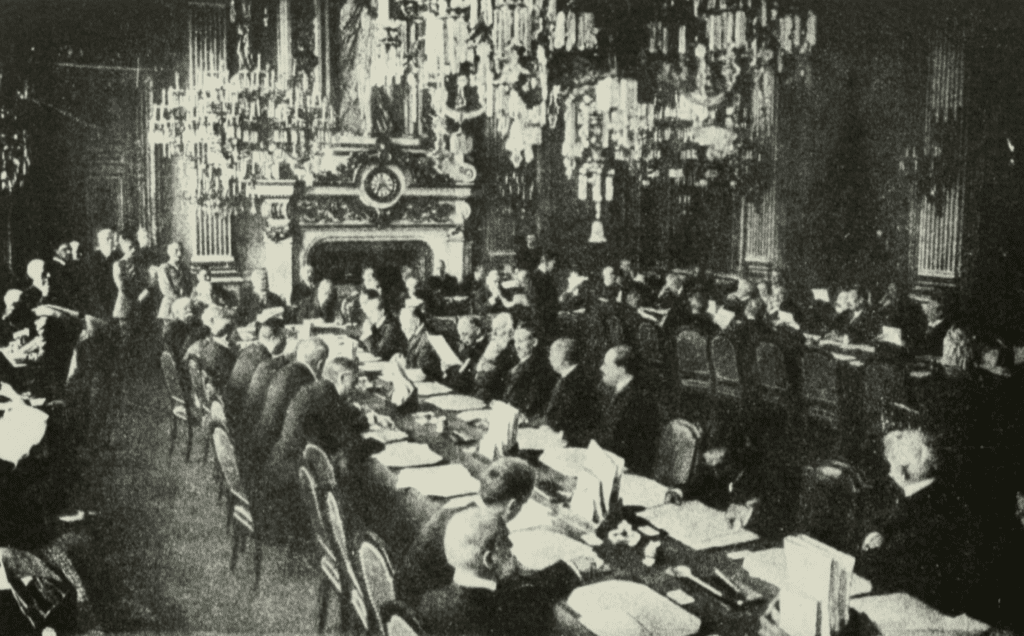
Was the Treaty of Versailles Too Severe?
According to the German population, absolutely. The treaty was referred to as the “Diktat”, and those delegates who signed it were referred to as the “November Criminals” – there was special resentment from many German soldiers who had been well-provisioned compared to the home population at the end of the war, and still saw a path to victory.
The war debt and the Great Depression led to hyperinflation in the 1920s that crippled Germany even further, and while there is some debate on the actual economic impact of the reparations, they symbolised humiliation to the German public.
Many historians draw a direct correlation between the Treaty of Versailles and the rise of Hitler, however many have questioned whether the treaty was actually too harsh.
Compared to other post-war treaties at the Paris Peace Conference, it was relatively lenient. Where Germany lost 10% of its territory – much of which had only recently been conquered in the wake of Napoleon, Austria-Hungary lost 72% of its territory and was broken up completely.
Similar military restrictions were also placed on other Central Powers, and war reparations were almost universally present across the various treaties. So, does this mean that the allied powers were simply too harsh across the board?
Too Severe, or Too Indecisive?
Compared to other post-war treaties of similar eras, the Treaty of Versailles was pretty standard. Just 50 years earlier when France lost the Franco-Prussian war, Bismarck of Germany imposed extremely harsh terms on France in the 1871 Treaty of Frankfurt, ceding Alsace-Lorraine and other territories to Germany as well as paying war reparations.
Similarly, even during the war, the Treaty of Brest-Litovsk between Germany and the new Soviet Russia suing for peace was extremely harsh towards Russia. Marking Russia’s exit from the war following its revolution, the treaty imposed significant territorial losses for Russia, losing large territories including Ukraine, Belarus, the Baltic states, and parts of Poland and Finland to Germany and its allies.
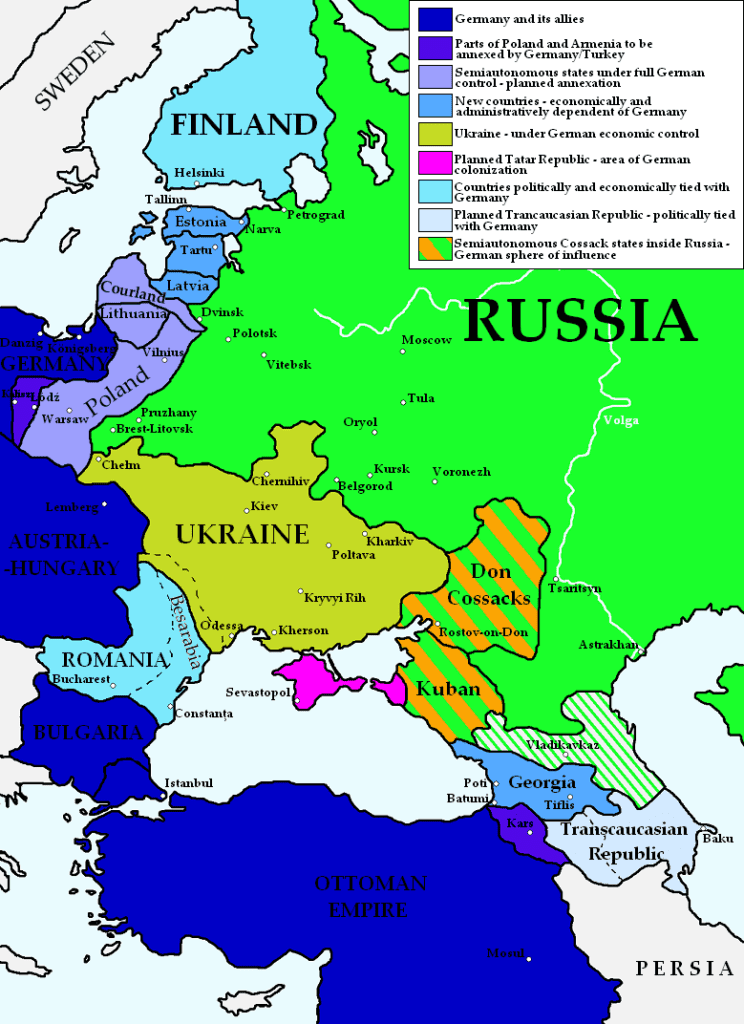
Not only this, Russia was forced to recognize the independence of these territories, along with paying large war reparations of its own, not to mention the vast resources given up in the ceded territory.
Compared to the Brest-Litovsk Treaty, the Treaty of Versailles was pretty lenient. So why is the Treaty of Versailles often seen as so severe?
Because it couldn’t pick a route.
“In general you must either pamper people or destroy them; harm them just a little and they’ll hit back; harm them seriously and they won’t be able to.” – Niccolò Machiavelli, The Prince
Because the Allies couldn’t agree on a route, with the French wanting harsher reparations and the British/Americans wanting a more lenient treaty, a middle road was taken. This caused mass hatred of the treaty and the countries that imposed it by the German population, but the treaty was not harsh enough to legitimately cripple Germany in the long-term – its core territory remained intact, it wasn’t occupied, and in just 20 years Germany had paid off half of its war reparation debt.
If the aim was to punish Germany but eventually normalise relations, then the Treaty of Versailles was much too severe. If the aim was to cripple Germany, it was much too lenient. With no clear aim from the Allies, the Treaty of Versailles failed in every aspect.
Podcasts about the severity of the Treaty of Versailles
Articles you may also like

PUTIN’S PAST: The Return of Ideological History and the Strongman
Reading time: 8 minutes
From Russian Constitutional Court chairman Valery Zorkin, to former Russian culture minister Vladimir Medinsky, to presidential adviser Yuri Kovlachuk, amateur history is everywhere in the Russian government today. This is not an accident but a deliberate way to build official state ideology in Russia. For instance, in a recent interview discussing Russia’s invasion of Ukraine, the deputy secretary of the Russian Security Council, Oleg Khramov, said that the West is trying “to stop the course of history” by “blinding” many Ukrainians to the historical truth of their shared civilizational identity with Russia.
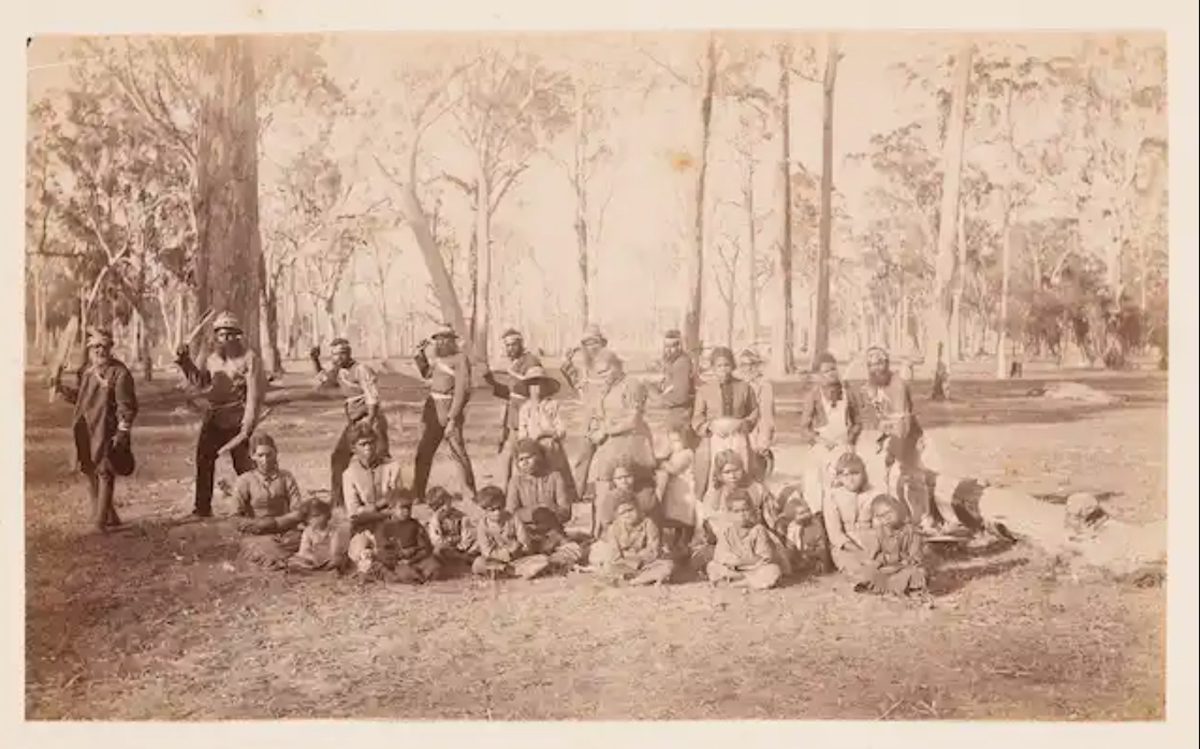
After 140 years, researchers have rediscovered an important Aboriginal ceremonial ground in East Gippsland
Reading time: 5 minutes
After 140 years, researchers have rediscovered an Aboriginal ceremonial ground in Victoria’s East Gippsland. The site was host to the last young men’s initiation ceremony of the Gunaikurnai back in 1884, witnessed by the anthropologist A.W. Howitt.
Howitt’s field notes, combined with contemporary Gunaikurnai knowledge of their country, has led to the rediscovery. The site is located on public land, on the edge of the small fishing village of Seacombe. Its precise location had been lost following decades of colonial suppression of Gunaikurnai ritual and religious practices.
The text of this article was commissioned by History Guild as part of our work to improve historical literacy. If you would like to reproduce it please get in touch via this form.

